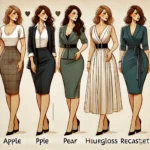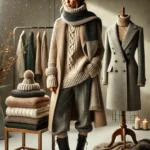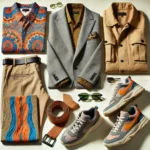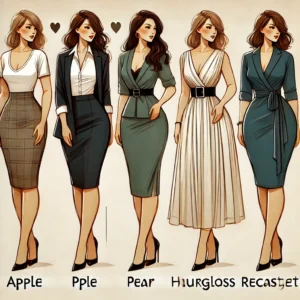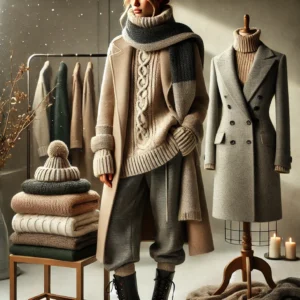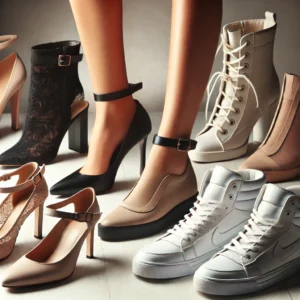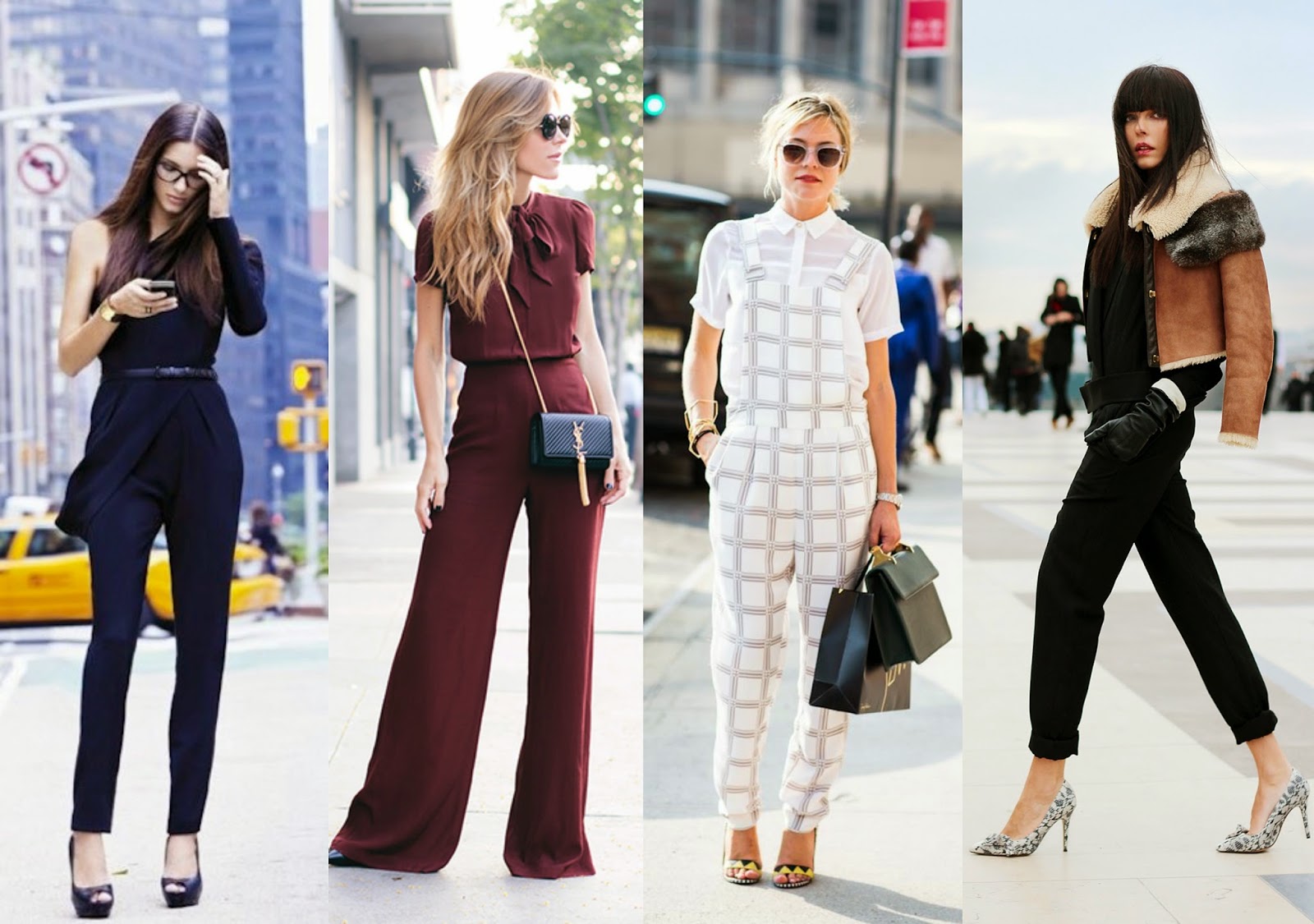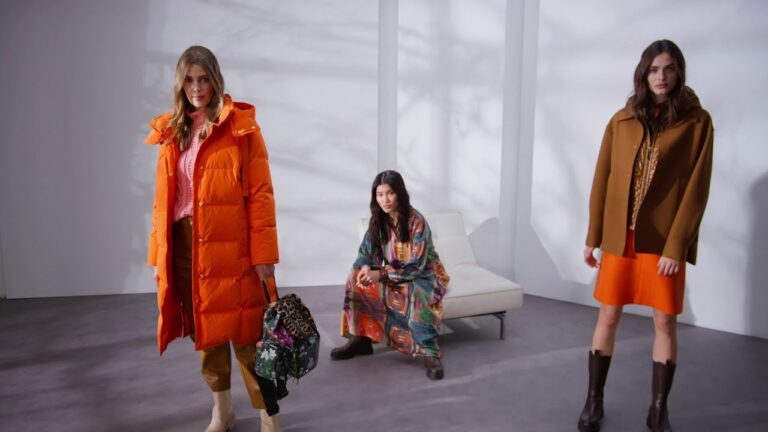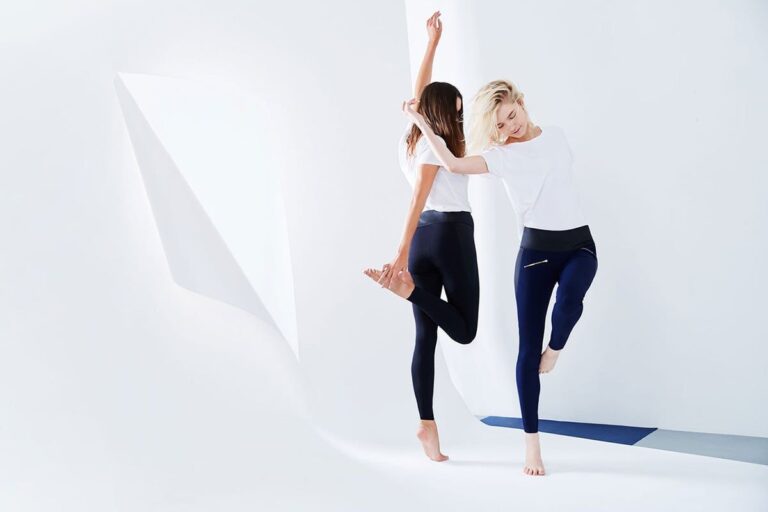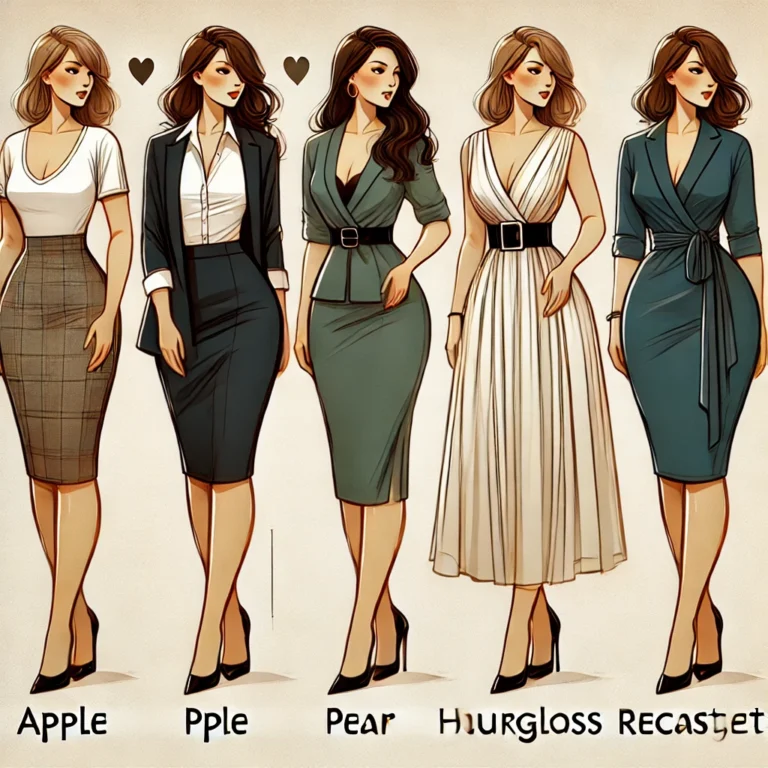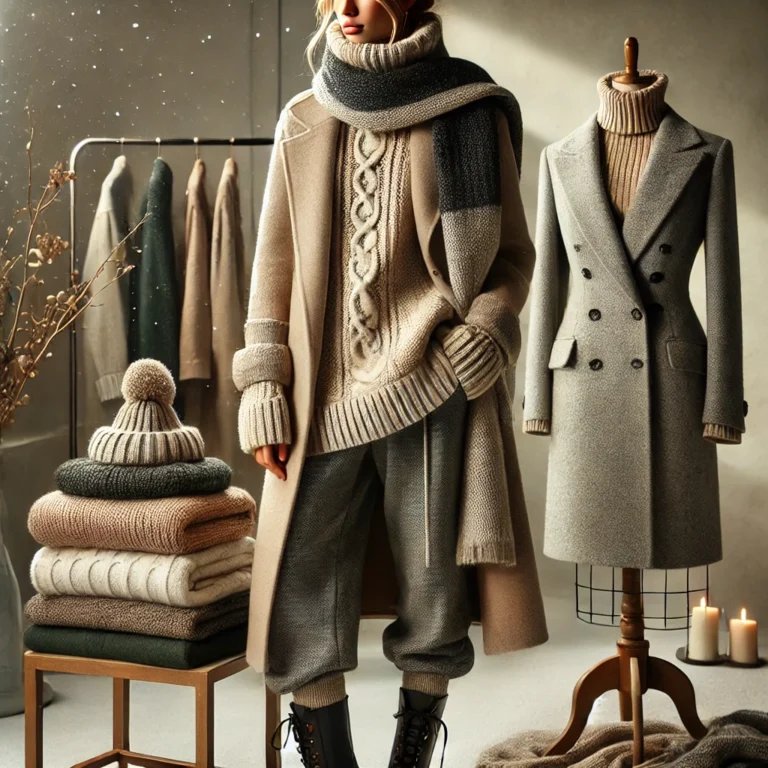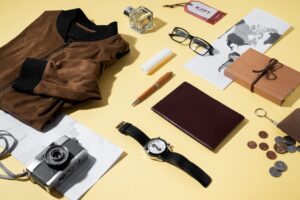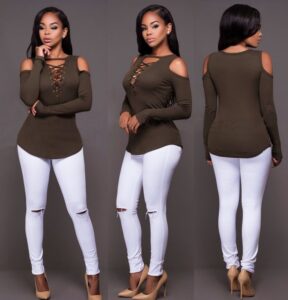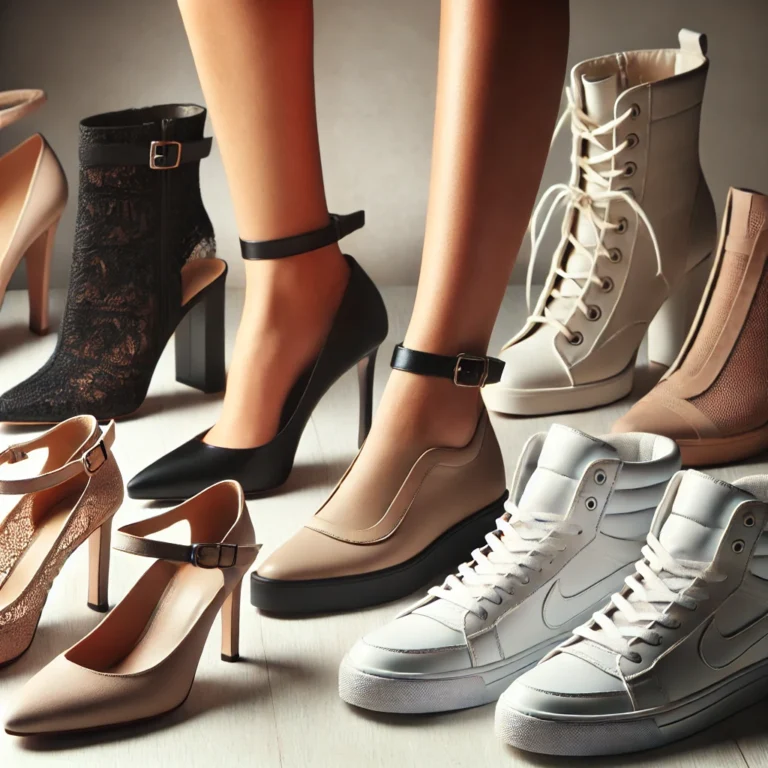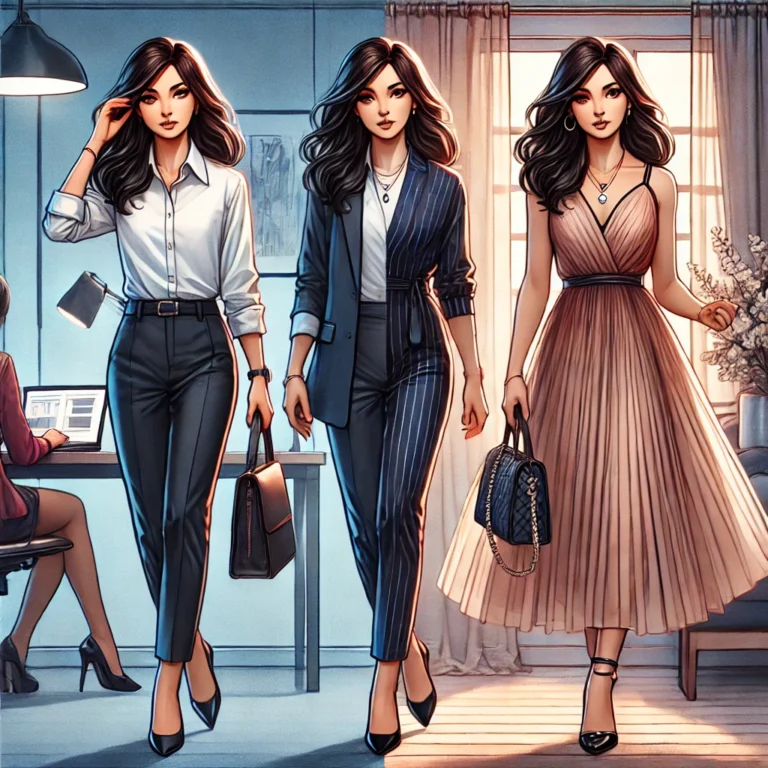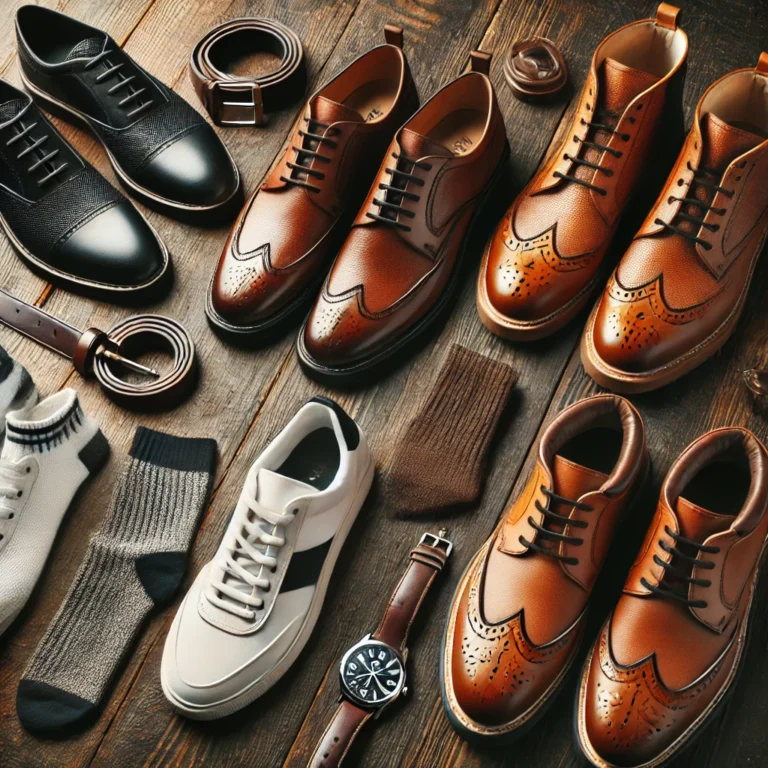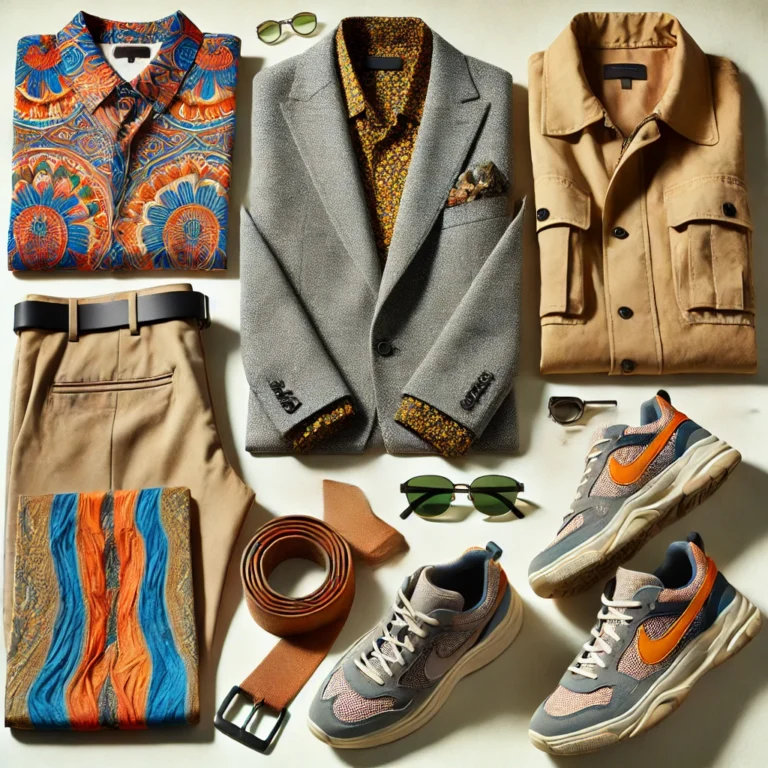The Cyclical Nature of Fashion
Fashion has always been a reflection of cultural shifts, and its cyclical nature ensures that what was once old eventually feels new again. Trends resurface as designers and wearers alike rediscover the charm of bygone eras. The allure of nostalgia fuels this resurgence, allowing individuals to connect with the aesthetics of previous generations.
Incorporating timeless elements into contemporary wardrobes creates a bridge between the past and present. This fusion of old and new not only reinvents familiar styles but also reinforces the enduring appeal of certain trends.
Vintage Denim Revival
Denim has always been a staple, but specific styles from past decades are making a strong comeback. High-waisted and wide-leg jeans, iconic in the 1970s and 1990s, are regaining their place in modern fashion. These silhouettes offer versatility, pairing seamlessly with crop tops, oversized blazers, and tailored shirts.
Distressed and acid wash denim, reminiscent of the rebellious spirit of the 1980s, is being reimagined for today’s audience. Subtle details like raw hems and exaggerated distressing add a contemporary twist to these vintage staples.
Bold Shoulder Statements
The 1980s introduced the world to power dressing, with shoulder pads symbolizing confidence and authority. This bold trend has reemerged, albeit with a modernized approach. Structured blazers, voluminous tops, and dresses with exaggerated shoulders are now key pieces for fashion-forward individuals.
Today’s shoulder statements focus on balance, combining boldness with wearability. Designers are incorporating softer fabrics and streamlined silhouettes, making this trend accessible while retaining its dramatic flair.
The Charm of Retro Accessories
Accessories often set the tone for an outfit, and retro-inspired pieces are taking center stage. Bucket hats, a favorite of the 1990s, are back in playful prints and luxurious materials. Similarly, headscarves, reminiscent of the 1950s, are being styled in innovative ways, from neck wraps to handbag adornments.
Vintage-inspired jewelry, such as chunky gold chains and pearl accents, adds a touch of sophistication to any ensemble. Oversized sunglasses with geometric frames complete the look, blending retro charm with contemporary elegance.
Timeless Footwear Favorites
Footwear trends from the past are stepping confidently into the spotlight. Loafers, once considered a preppy classic, are now being paired with everything from tailored trousers to casual jeans. Chunky sneakers, popularized in the 1990s, offer comfort and a statement-making edge.
Combat boots, another enduring favorite, symbolize both practicality and rebellion. Styled with feminine dresses or edgy leather pieces, they exemplify the versatility of timeless footwear.
Classic Patterns and Prints
Certain patterns have proven their longevity, continuously finding relevance in the fashion world. Polka dots and stripes, once hallmarks of mid-century style, are now being reinterpreted in bold colors and unconventional scales. Plaid, synonymous with preppy and grunge aesthetics, adapts to modern silhouettes in tailored blazers and oversized coats.
Mixing these traditional prints with contemporary shapes creates a harmonious blend of familiarity and innovation. This juxtaposition ensures that classic patterns remain a key element of modern wardrobes.
Lessons from Fashion History
Timeless trends endure because they resonate with universal themes—elegance, individuality, and practicality. They are adaptable, allowing each generation to reinterpret them in new and exciting ways.
Balancing retro and contemporary styles requires creativity and confidence. Incorporating vintage pieces into modern outfits showcases an understanding of fashion’s rich history while celebrating its ability to evolve.
The return of timeless fashion trends highlights the enduring beauty of style that transcends time. By embracing these classics with a modern twist, we not only honor their legacy but also infuse our personal wardrobes with a sense of history and innovation.

